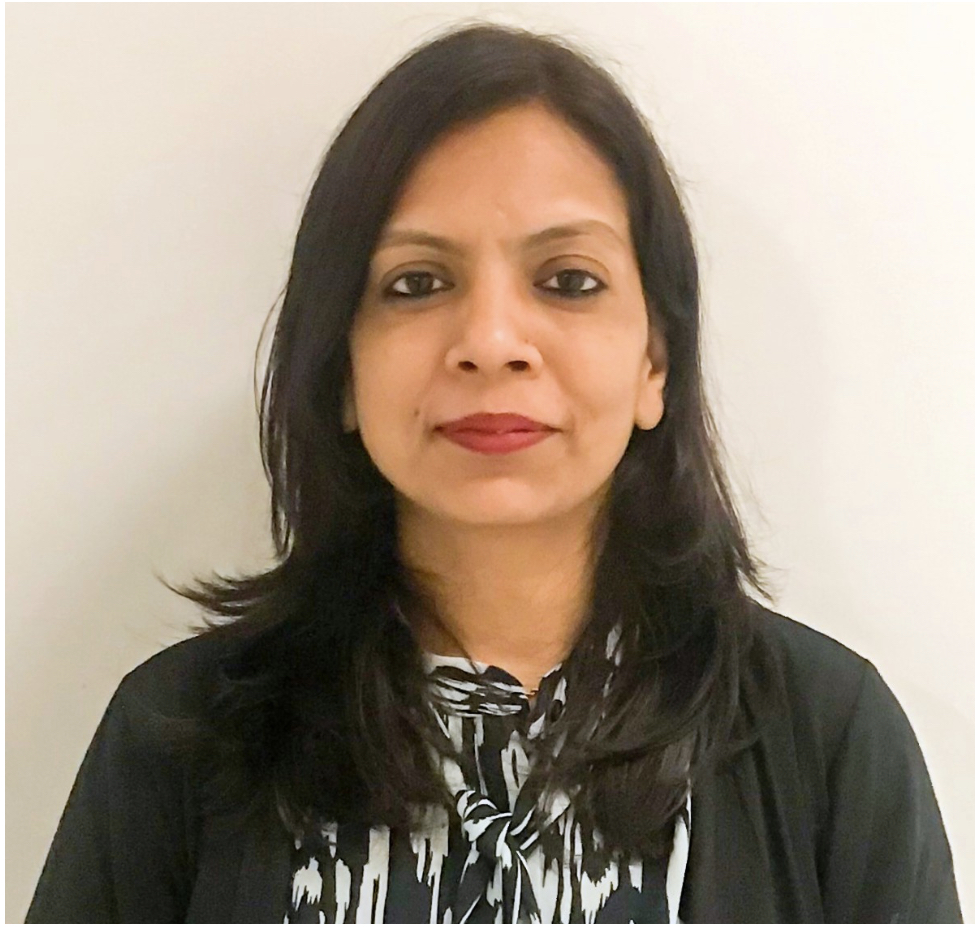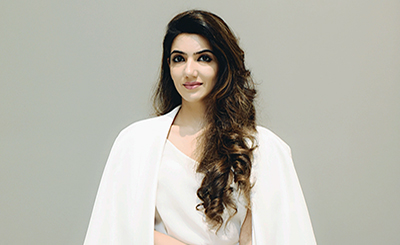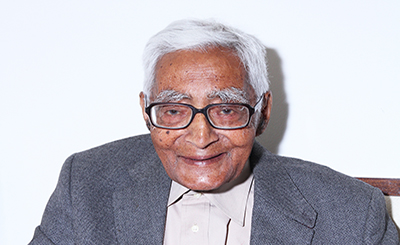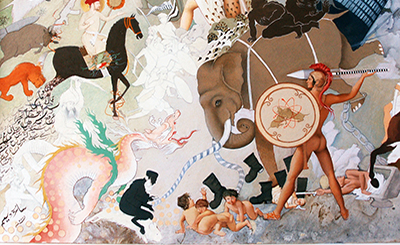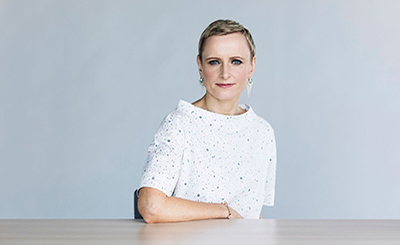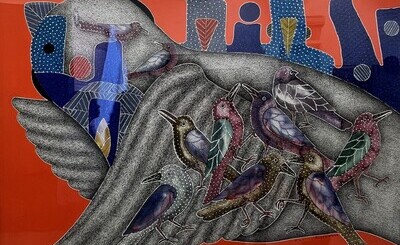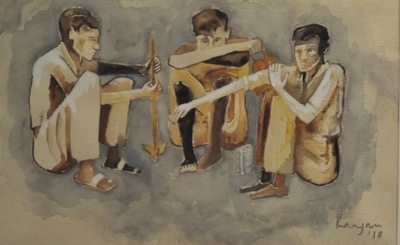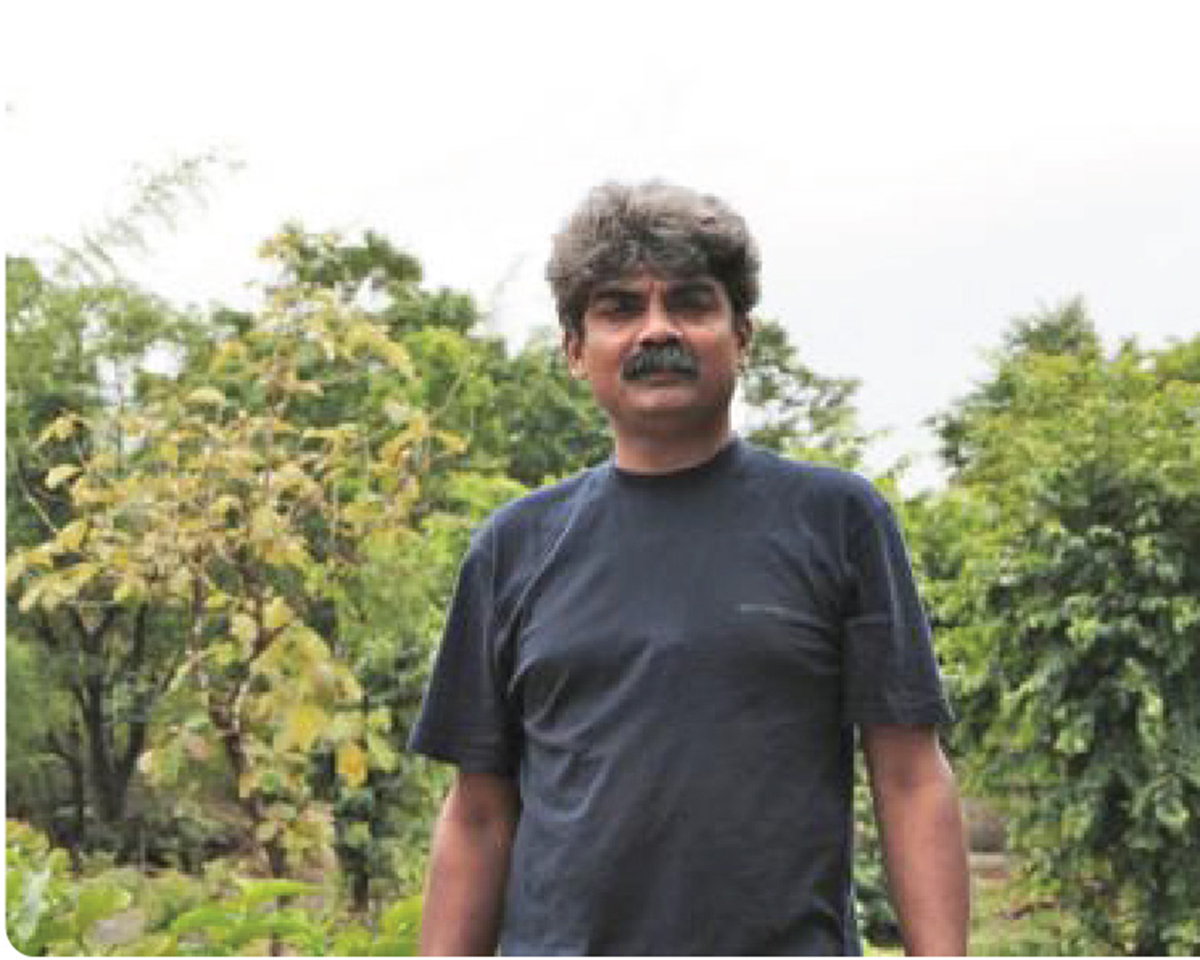
Artist Arunkumar HG on his new show Con-struction and the choice of form and medium and the texture of his works
Born in 1968 in Karnataka, Arunkumar H.G completed his Bachelors and Masters degrees in Fine Art from the University of Baroda. Since then he has been working in various disciplines, including photography and toy design, which impacts his art. The artist manipulates ready-made objects such as toys, plastic, ceramics, cow dung, hay and TV monitors in varied contextual settings giving a glimpse of his susceptibility towards the neo-pop movement. This eclectic approach allows Kumar to articulate his ideas through remarkable, layered meanings.
In his new show, artist Arunkumar HG, in a series of works reflecting his long-term visual engagement with ecological disharmonies, investigates the journey of farmers from his native in the Western Ghats, along with his ongoing engagement with ecological disorders breathing in the society. These works include a series of sculptures made from wood collected from packing cases, construction sites, bins and pavements in Gurgaon. the artist who also runs an organisation in his native place, addressing such issues, where awareness is being created by walks collecting the locals and inviting intelligentsia for lectures and campaigns.
In this interview, he talks the thought process behind his new show, Con-struction, and the choice of form and medium and the texture of his works. "Artworks, unlike single purpose posters, carry multiple messages. The choice of the material itself can convey multiple messages which may be a complex message; that’s the power of the art. I use particular material as it is and not as a substitute in the narrative, for example, in this current show, I use wood as wood or a tree to tell its story not as a substitute material for the narrative," he says. Excerpts from the interview:
Shireen Quadri: Tell us about your new show, Con-struction. The hyphen after con hints at the flip side of the construction going around us. As an artist, how do you respond to the ravages of progress and our gradual but steady disconnect with nature, with the concrete jungle becoming an apt metaphor to describe our cities?
Arunkumar H G: This new body of works called Con-struction comes after 8 years since my earlier body of works called “TRACT”. Tract (https://arunkumarhg.com/2010/10/08/tract/) was more about production, consumption and disposal. Mainly, it raised questions between the urban and rural extremes. After having this show, I took time off to see if my questions are answered, or was it the way to find answers sitting cosily in metro space. So finally I thought of moving away from the usual studio-based practice and spend more time on the ground where my farming family is situated in the Western Ghats of Karnataka. It was important for me to spend more time there and get connected to the site or the ground which is the hotspot of many activities. Learning about how the whole cycle of environmental ecology is connected to the predominantly agrarian preoccupation of people living there and present condition etc. I have started rejuvenating the eroded piece of forest next to our family farm and started environment awareness programmes involving the local intellectuals, activists and other environment practitioners of the region. This activity has evolved to a much larger scale and a centre for Knowledge and Environment called SARA (Sustainable Alternative for Rural Accord, https://saracentre.org/) is taking place on my family farm itself. All these activities have really inspired me to come up with this body of works.
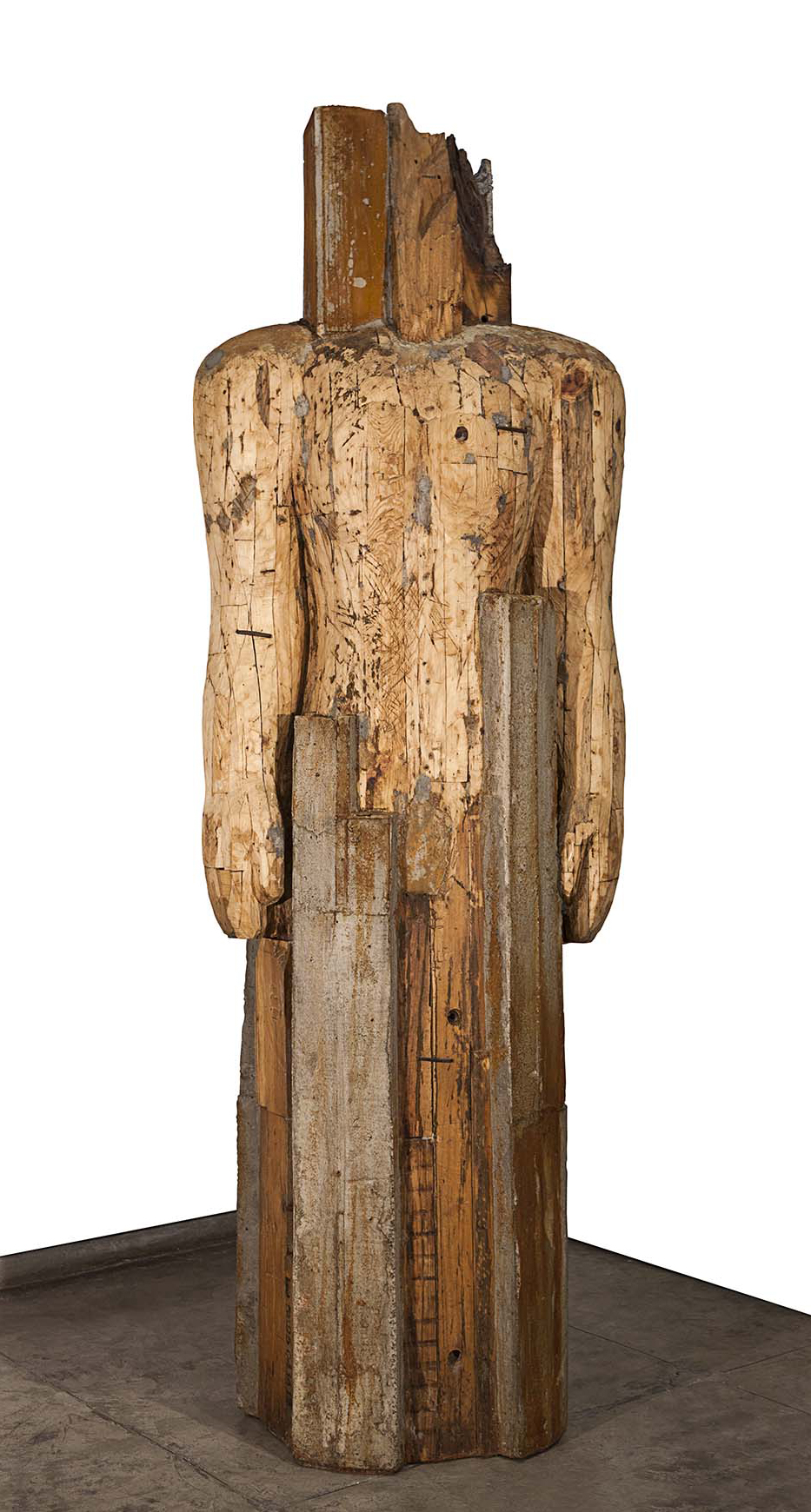
Con-struction I: Reclaimed industrial packaging wood, recycled paper pulp, cement, wood and glue, 2018
Co-struction is a way of narrative around us humans, separating this ability of construction from the rest of the tenants on the earth. Construction is a word I employed to bring my works into the context of use and abuse the earth resources. As an artist, I feel the responsibility of using this fine medium to sensitise people, establishment, create awareness to have a balanced life. It is true, we humans only have the ability to imagine and execute, market, manipulate our imagination — that imagination can go to any extent of destruction. And it could be the other way too. Today, the world is divided over the issue of global warming status, some want to acknowledge the danger and act to somehow reverse the course and some don't want to acknowledge it and go on profitmaking on the earth resources. A whole lot of people caught in between this are confused what is happening. That’s where art can do a greater job of communicating the truth in an effective way.
Shireen Quadri: You have been very eclectic in the choice of form and medium. How do you settle on a particular form or medium?
Arunkumar H G: Over the time I have learnt to address the issue effectively through the choice of materials and medium, which is evocative. Used materials or something becomes lifeless like the tree branches or the wood that is used for transporting goods from one place to another or the one time use plastic waste in enormous quantity, all these materials have a history or a story to support the artist's thought process. Every material guides the artist to come up with a form for that particular thought, ideas etc.
Shireen Quadri: In some of your earlier works, like Feed and Hollow Drop, you used readymade objects like toys, plastic, ceramics, bottle covers, cow dung, hay and TV monitors. In many other works, you have used canvas, latex, synthetic fur, rubber, foam and fibreglass. How do you work on the imagery of your works? Is it shaped by your sensibility and aesthetics?
Arunkumar H G: As I said earlier, every material (mostly used one) has a history and it is loaded with information of its origin, destination, transition etc. so, it all depends what my idea needs to take its shape and objective. I look for it till I get a suitable one. In today’s time, unlike a few years ago, our life is full of industrial materials. If we give a small visit to our trash cans, we can realise what our time is up to.
Shireen Quadri: Though the texture of your works are intricate and betray a strong sense of purpose and objective, they often convey simpler messages like the need to protect our environment or to reflect over the ways of production and consumption and the disposal of waste. How do social and environmental concerns seep into your works? Do you have to work on the eventual message of your works?
Arunkumar HG: Artworks, unlike single purpose posters, carry multiple messages. The choice of the material itself can convey multiple messages which may be a complex message; that’s the power of the art. I use particular material as it is and not as a substitute in the narrative, for example, in this current show, I use wood as wood or a tree to tell its story not as a substitute material for the narrative.
Shireen Quadri: Also an environmental activist, you have been vocal about the ecological concerns and the growing gap between the growers of grains — farmers — and their consumers. How do you look at the agricultural crisis we are staring at? Where do you think we are going wrong?
Arunkumar HG: I do not call myself as an environmentalist but, I am a student of the environment and related area of interest. I think it’s for a practical purpose one needs to have a basic understanding of things like our surroundings, the air we breathe, the water we drink, the food we eat, where it comes from or where it goes after our use etc. It’s also the orientation of the world we live in, we may know about things far away from us but not about the tree in front of us. It’s true that I have spent my early time on the farm and the forest, my family grows our food for our need, so we are also close to issues related to production of food and so on. Earlier, I used to see issues like agriculture or environment separately, but now I can see them together, how they feed into each other. I would have liked to see the ministry of environment and agriculture work together to implement policies to complement each other.
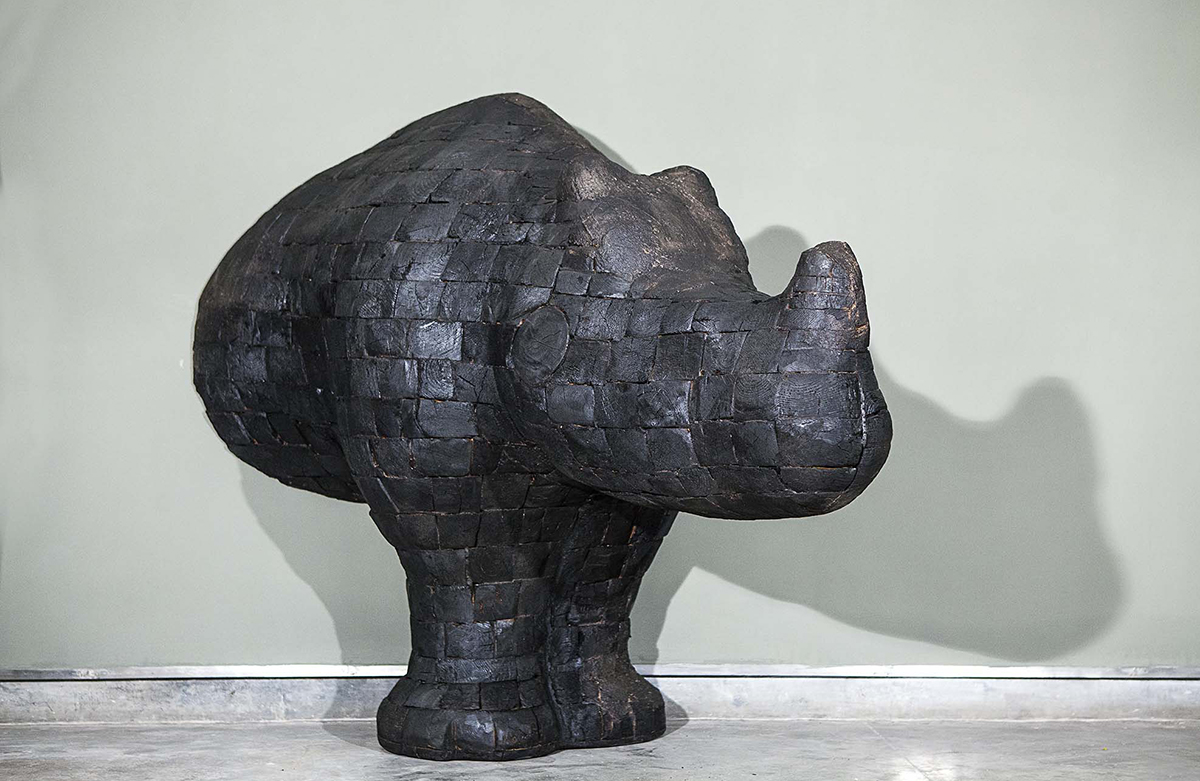
Consumed 1: Reclaimed industrial packaging wood burnt, glue, steel and fixer, 2018
Shireen Quadri: How does growing up in Karnataka amid the bounties of nature help shape your sensibility?
Arunkumar HG: I could not get out of it, keep going back to it, hold on to it, keep connected to it somehow.
Shireen Quadri: You studied sculpture at Baroda. What about sculpture strikes you the most? When you started, who were some of the sculptors you looked up to? Have they changed over the years?
Arunkumr HG: Studying at the Dept. of sculpture was the best thing to have happened to me as the Faculty of Fine Arts was at its peak with its great teachers just about to retire from their service. So, I got to learn from them directly, indirectly also, there was a great atmosphere for learning of art. I was fortunate to have great teachers as Sri, Krishna Chhatpar, Sri Raghav Kaneria, just to name a few. The library was good and it was great to have some new publications on young British sculptors which had Antony Gormley, Tony Cragg, along with our Indian origin sculptors Anish Kapoor and Dhruva Mistry, I really think they had an impact in my learning. Sculpture was special to me as it is an extended activity of other arts like painting etc. It’s also very intimate to one’s self.
Shireen Quadri: Who are some of the artists you admire, irrespective of medium? In our changing world, what role do you think artists have?
Arunkumar HG: I like all art forms and learn from all arts. I like to learn the magical elements that each art form offers and also how each artist discovers the magical strategies to express their ideas. I like all the artists whose work is based on social responsibility, and try to make their art to be much more powerful than any other new mediums. Some names are: Francis Alys, Amar Kanwar etc.
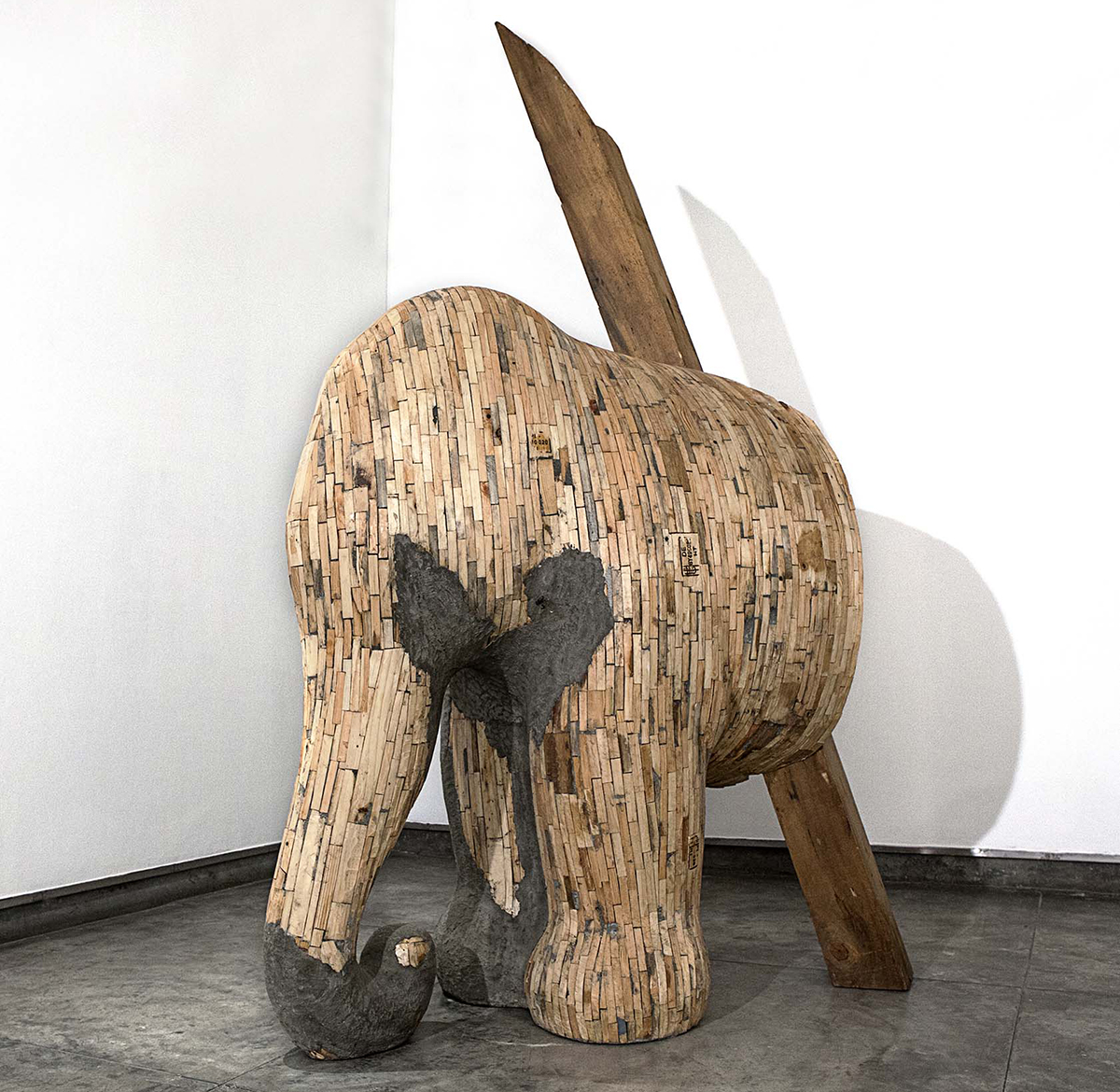
Within Without: Reclaimed industrial packaging wood and glue, 2018
Shireen Quadri: As an artist, while your inspiration is rooted in everyday reality, do you worry about their perception by the viewers? Should an artist consider how would the viewers respond to or look at his works?
Arunkumar HG: For me at least, my practice is oriented towards the issues which need more attention, and always think that how I can make my skills work and make them more powerful. With the changing technology and sensibilities, our ways of seeing also is changing rapidly, so it’s a constant search to keep up our art with the changing sensibilities.
Shireen Quadri: Tell us about your forthcoming works? Is there any other series you are currently working on?
Arunkumar HG: Coming up with a body of works takes time, it just happens with time. Simultaneously, I work on many things. At the moment, I am working on setting up an information centre on sustainable life practice mainly connected to the western ghats. I treat this as my work.
More from Arts
Comments
*Comments will be moderated



